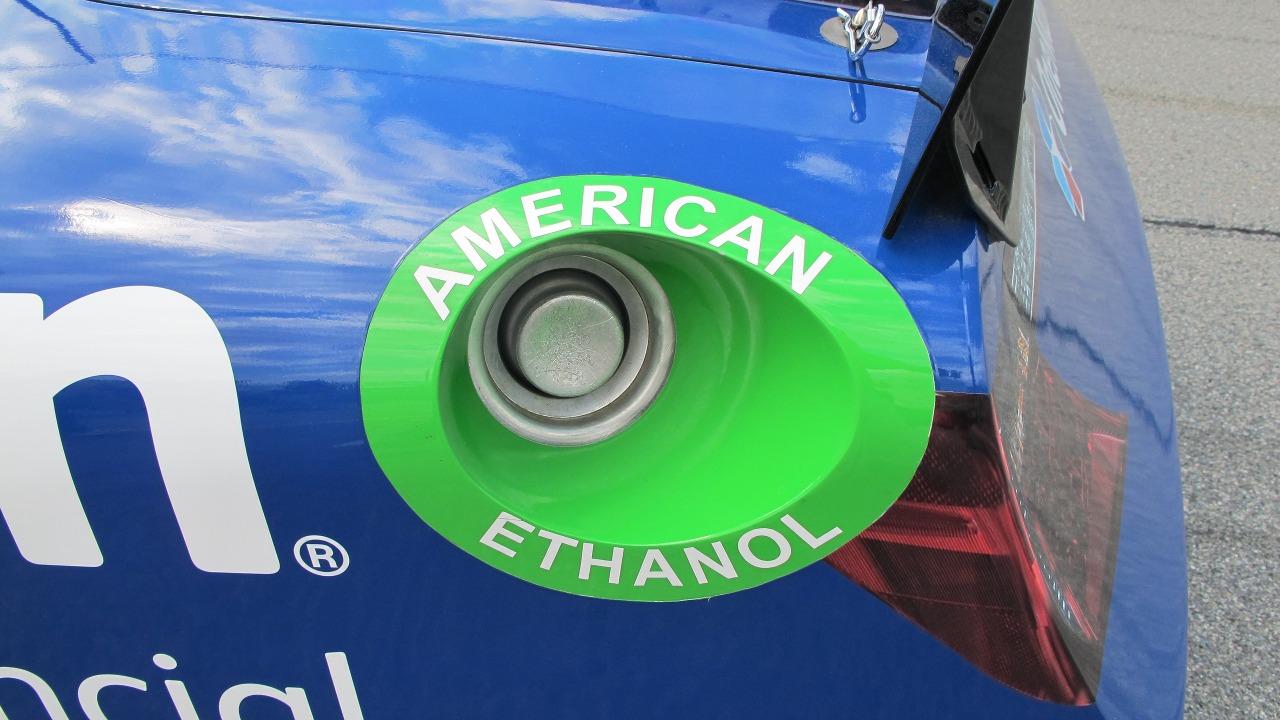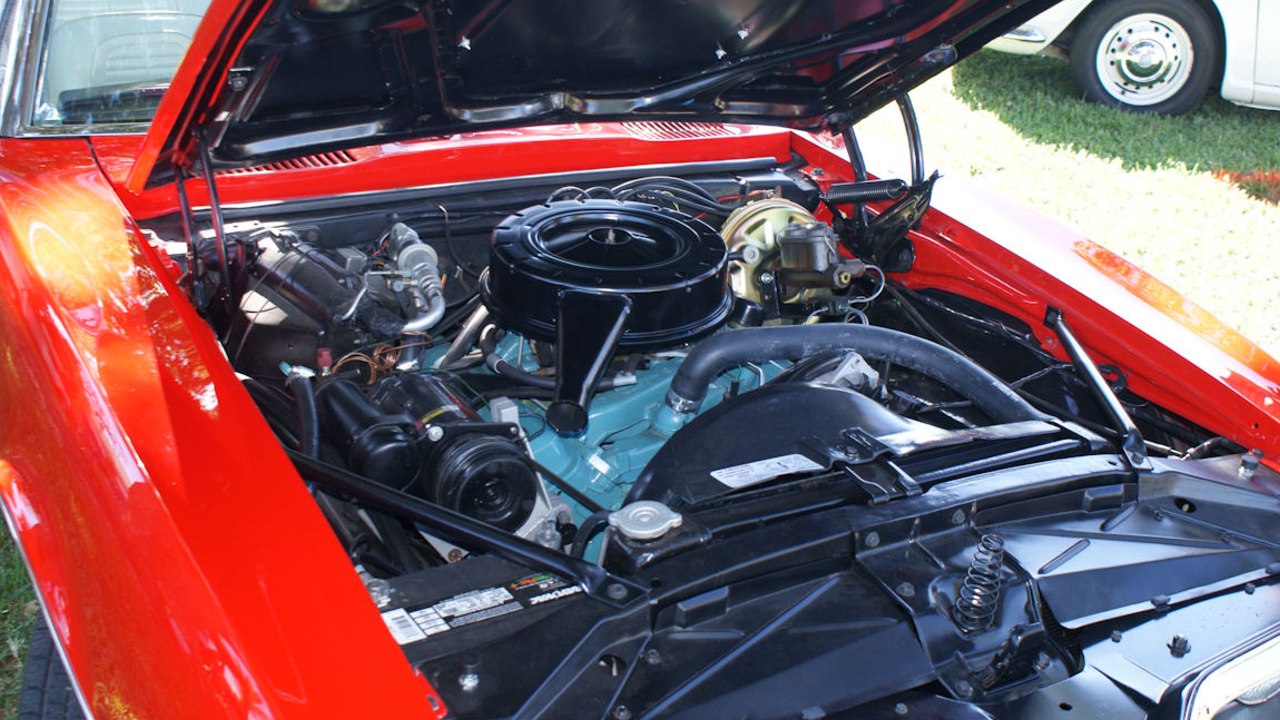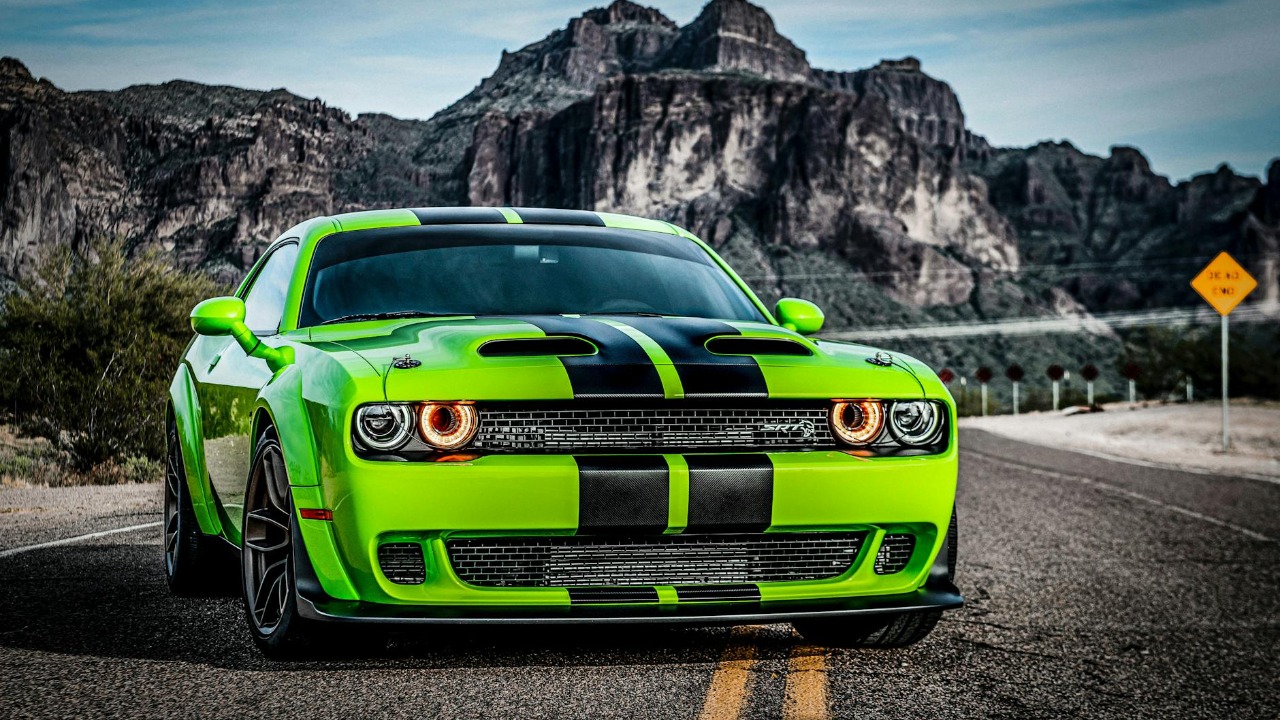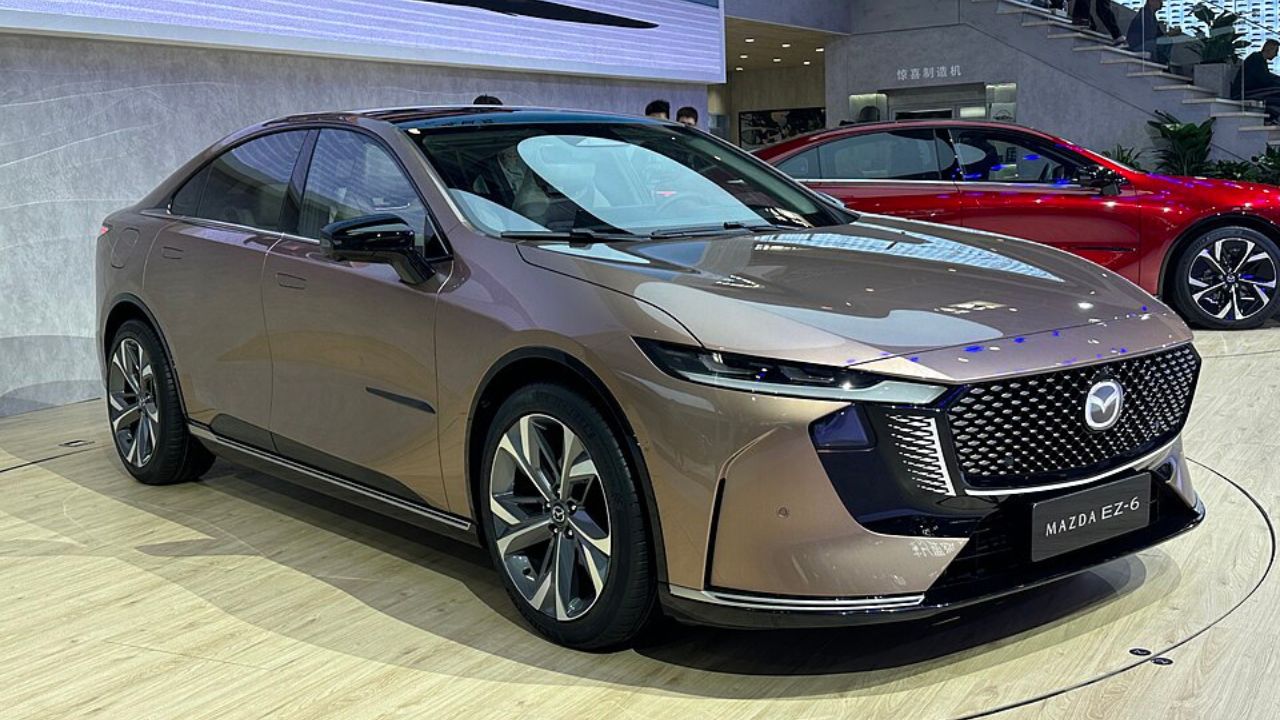Ethanol fuel, often lauded for its environmental benefits, has become a common additive in gasoline. However, its impact on older engines and systems is a topic of concern for many vehicle owners. Examining both the potential risks and the necessary precautions to mitigate these issues provides a comprehensive understanding of ethanol’s effects on older engines.
Understanding Ethanol Fuel

Composition and Characteristics of Ethanol
Ethanol is an alcohol-based fuel derived primarily from corn and other plant materials. It is blended with gasoline in various concentrations, such as E10 (10% ethanol), E15 (15% ethanol), and E85 (up to 85% ethanol). Unlike pure gasoline, ethanol-blended fuels are renewable and can reduce greenhouse gas emissions. However, they also present unique challenges to older engines that were not designed with ethanol in mind.
The primary difference between ethanol-blended fuels and pure gasoline lies in their chemical composition. Ethanol is hygroscopic, meaning it absorbs moisture from the air, which can lead to water contamination in the fuel system. This is particularly problematic for vehicles like the 1985 Chevrolet Caprice, which may not have the necessary modifications to handle ethanol-blended fuels efficiently.
Ethanol’s Role in Modern Fuel Systems
Ethanol is primarily used as a gasoline additive to help reduce dependence on fossil fuels and curb air pollution. Its use is encouraged by environmental policies promoting cleaner energy sources. Economically, ethanol supports the agricultural industry and can be a cost-effective fuel option when oil prices fluctuate.
Modern vehicles are typically designed to accommodate ethanol-blended fuels, but older models, such as the 1972 Ford Mustang, might not be equipped to handle ethanol’s corrosive properties. The fuel’s moisture-attracting nature can lead to issues like phase separation, where water and ethanol form a separate layer from gasoline, potentially causing engine damage.
Effects of Ethanol on Older Engines

Chemical Interactions with Engine Components
Ethanol’s hygroscopic nature can lead to corrosion and degradation of critical engine components, particularly in older vehicles. The presence of water in the fuel system can cause rust and corrosion in metal parts, such as the fuel tank and fuel lines, and can degrade rubber components like seals and gaskets. For example, the 1967 Volkswagen Beetle is susceptible to these issues, as its original components may not be ethanol-resistant.
Moreover, the alcohol content in ethanol can act as a solvent, loosening deposits in the fuel system and causing blockages in fuel filters and injectors. Older engines may experience increased maintenance needs and potential failures if these issues are not addressed promptly.
Performance and Efficiency Considerations
While ethanol can enhance octane ratings, it also contains less energy per gallon than gasoline, which can lead to decreased fuel efficiency. Vehicles such as the 1990 Toyota Corolla may experience reduced miles per gallon when using ethanol-blended fuels, impacting overall performance. Additionally, ethanol’s propensity to cause engine knocking—a rattling sound resulting from premature combustion—can be particularly problematic for older engines not designed to handle higher ethanol concentrations.
In some cases, ethanol-related stalling and hesitation can occur, especially during cold starts. These performance issues highlight the importance of understanding how ethanol impacts older engines and the need for appropriate maintenance practices.
Preventative Measures for Older Engines

Fuel System Maintenance and Upgrades
Regular inspection and maintenance of the fuel system are crucial for older vehicles running on ethanol-blended fuels. Replacing vulnerable components with ethanol-compatible parts can help mitigate potential damage. For instance, a 1980 Pontiac Firebird may benefit from upgraded fuel lines and gaskets designed to withstand ethanol’s corrosive effects.
In addition to hardware upgrades, using fuel system treatments and additives can help prevent ethanol-related issues. Products designed to clean and protect the fuel system can reduce the risk of corrosion and improve engine performance. Vehicle owners should consult with automotive professionals to determine the best maintenance strategy for their specific model.
Modifying Driving and Maintenance Practices
Adjusting driving and maintenance habits can further reduce the wear and tear associated with ethanol-blended fuels. For example, keeping the fuel tank full can minimize moisture accumulation, reducing the risk of phase separation. Additionally, driving vehicles like the 1975 Dodge Dart regularly can prevent fuel from sitting and absorbing moisture for extended periods.
Proper storage of vehicles, especially during off-seasons, is essential. Adding a fuel stabilizer before storage can help maintain fuel quality and protect the engine. Regularly starting and running the engine can also help keep the fuel system clean and operational.
Case Studies and Real-World Examples

Anecdotal Evidence from Vehicle Owners
Classic car enthusiasts often share stories about the challenges of using ethanol-blended fuels in their cherished vehicles. Owners of a 1965 Chevrolet Impala, for instance, have reported issues with fuel system corrosion and rubber component degradation. These anecdotes highlight the importance of understanding ethanol’s impact on older engines.
Mechanics frequently encounter ethanol-related repairs, such as clogged fuel filters and deteriorated carburetors, in older models. These real-world experiences underscore the need for vehicle owners to stay informed and proactive in maintaining their engines.
Research Findings and Expert Opinions
Studies have shown that ethanol can accelerate the wear and tear on older engines, particularly those not designed to accommodate higher ethanol concentrations. Research conducted by automotive experts reveals that vehicles manufactured before the mid-1980s are particularly vulnerable to ethanol-related issues.
Automotive engineers, like those at the Society of Automotive Engineers (SAE), emphasize the importance of regular maintenance and the use of ethanol-compatible components. Their insights provide valuable guidance for vehicle owners seeking to protect their older engines.
Future Outlook for Ethanol and Older Engines

Evolving Fuel Standards and Regulations
As environmental concerns continue to shape fuel standards, regulatory changes may further influence ethanol usage. The introduction of higher ethanol blends, such as E15 and E85, poses additional challenges for older engines. However, these changes also present opportunities for innovation and adaptation in the automotive industry.
Predictions for the future of ethanol in the automotive sector include a continued push for renewable energy sources and the potential modification of fuel systems in older vehicles. Staying informed about regulatory developments is crucial for vehicle owners who wish to adapt to these changes.
Innovations in Engine Adaptation Technology
Emerging technologies aimed at mitigating ethanol’s negative impacts offer hope for compatibility improvements. Advances in fuel additives, corrosion inhibitors, and ethanol-resistant materials can help older engines better tolerate ethanol-blended fuels. For instance, aftermarket solutions designed for models like the 1973 Oldsmobile Cutlass may become more widely available.
The prospects for enhancing the compatibility between ethanol fuels and older engines are promising, with ongoing research and development driving advancements in this field. Vehicle owners should stay informed about these innovations to make the best choices for their engines.
Like Fast Lane Only’s content? Be sure to follow us.
Here’s more from us:
*Created with AI assistance and editor review.







Leave a Reply